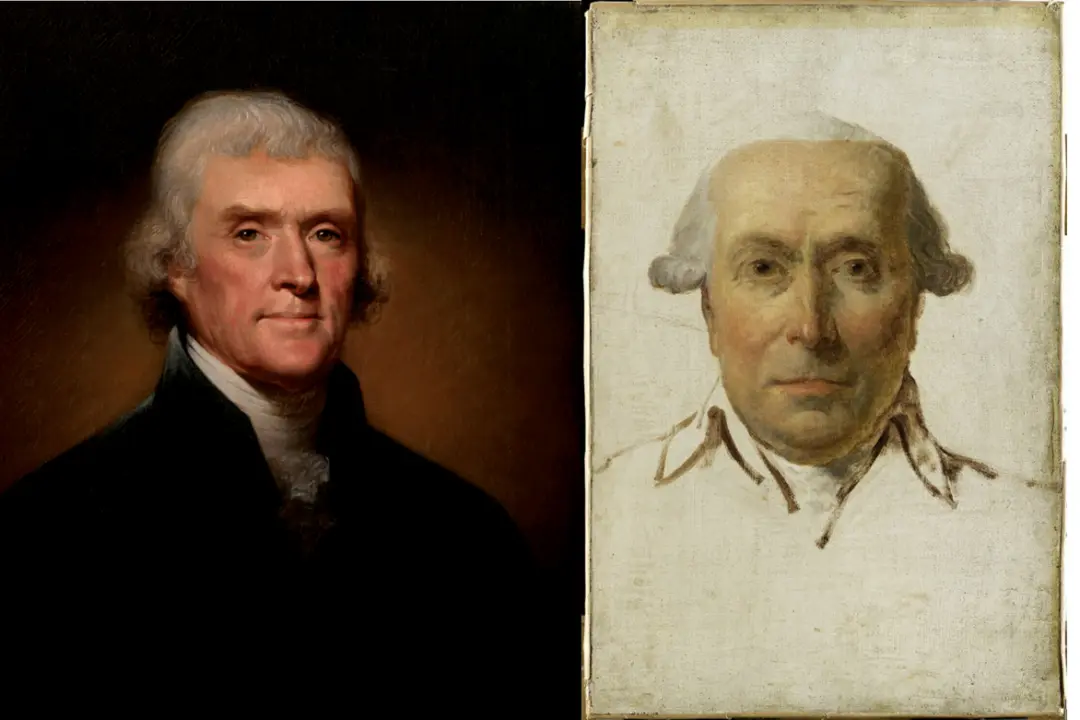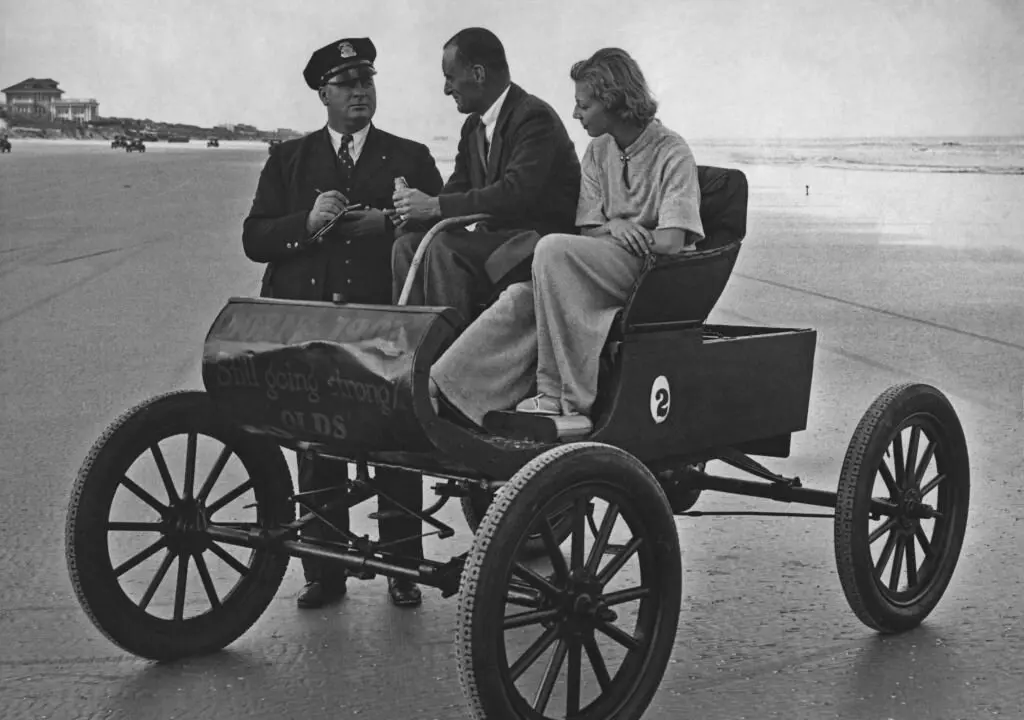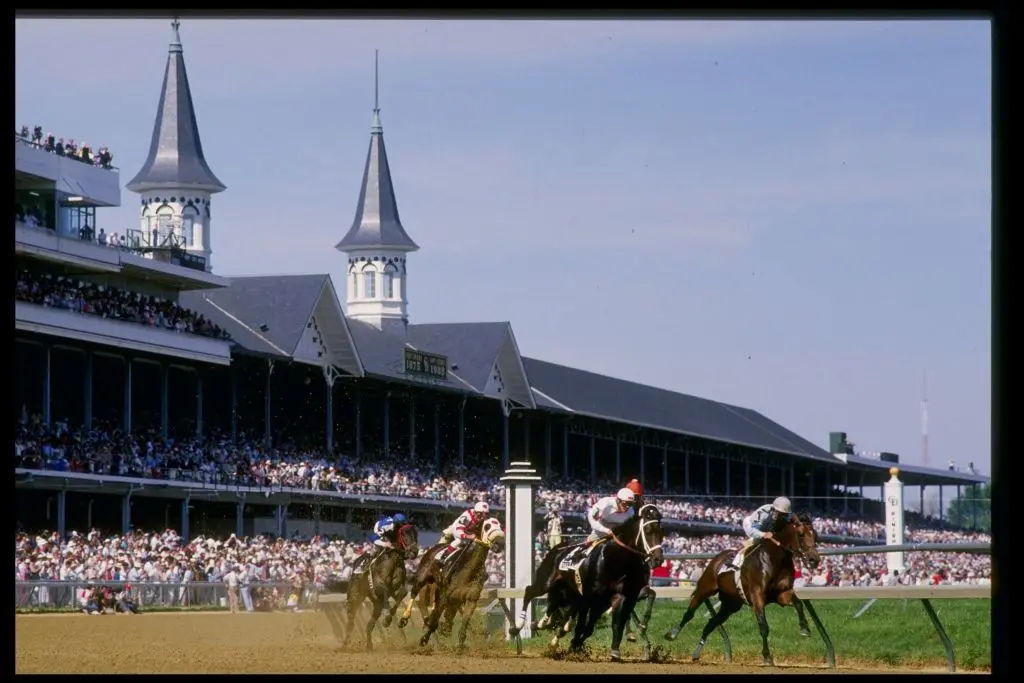At the age of 34, A.P. Giannini founded the Bank of Italy in the Italian section of North Beach in San Francisco. His initial vision was to help those of limited means, “a bank for the little fellows,” to dole out capital and subsidize loans that would allow them to prosper. Two years later, the Great San Francisco Earthquake pulverized and incinerated, forcing him to load an estimated $2 million in gold, silver, and coins into a wagon and haul it home.

San Francisco Mission District burning in the aftermath of the San Francisco Earthquake of 1906. Public Domain






